Top ten traditional festivals
Chinese folk customs refer to various chinese customs and activities, including Spring Festival, Lichun, Big Year, Small Year, etc.
1. Chinese New Year
The Spring Festival is the first day of the first month of the lunar calendar. It is also called the Lunar New Year, commonly known as "New Year". This is the most solemn and lively traditional festival in China. The Spring Festival has a long history. According to the "Pangu Wang Biao", "The Emperor's name began to make stems and branches, and to determine the age of the year." In ancient times, the gods and ancestors were held at the beginning and end of this year.
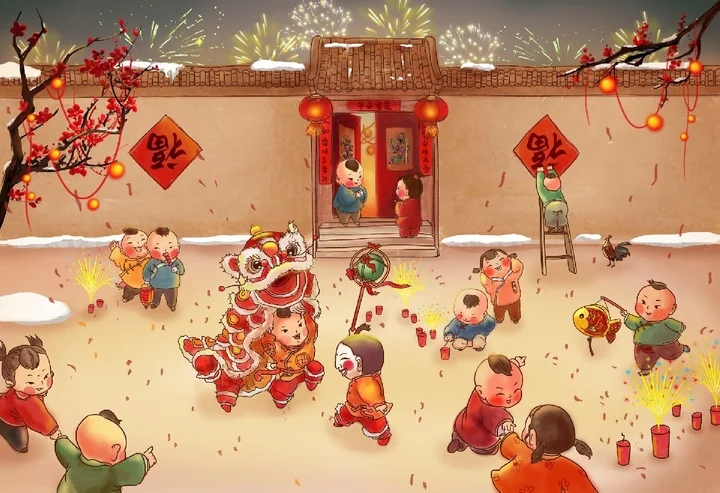
2. Lantern Festival
The Lantern Festival, also known as the Spring Festival, the Little New Year's Day, the New Year's Eve or the Lantern Festival, is the 15th day of the first month of the lunar calendar and is the last important festival in the Chinese Spring Festival. The Lantern Festival is one of the traditional festivals between China and the Chinese character cultural circle and overseas Chinese. The first month is the first month of the lunar calendar. The ancients called "night" as "xiao", so the fifteenth day of the first full moon of the year is called the Lantern Festival.
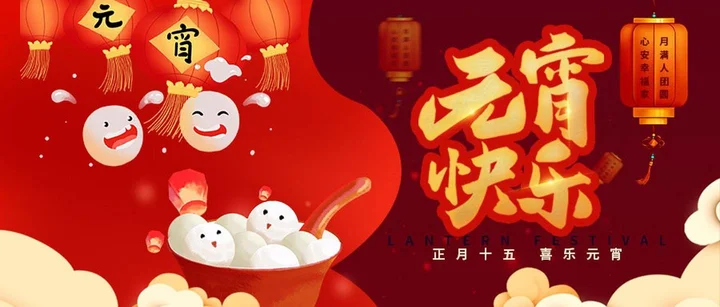
3. Ching Ming Festival
Tomb-sweeping Festival is one of the most important “eight festivals of the year” in China. It is usually around April 5th in the Gregorian calendar. The festival is very long. There are two ways of saying that it is 8 days before 10 days and 10 days after 10 days. These are all within the past 20 days. Ching Ming Festival. Tomb-sweeping Festival originally meant fifteen days after the spring equinox. In 1935, the government of the Republic of China designated April 5 as a national holiday, Ching Ming Festival, also known as the National Grave Sweeping Festival. Ching Ming Festival, Dragon Boat Festival, Spring Festival, and Mid-Autumn Festival are also known as China's four traditional festivals.
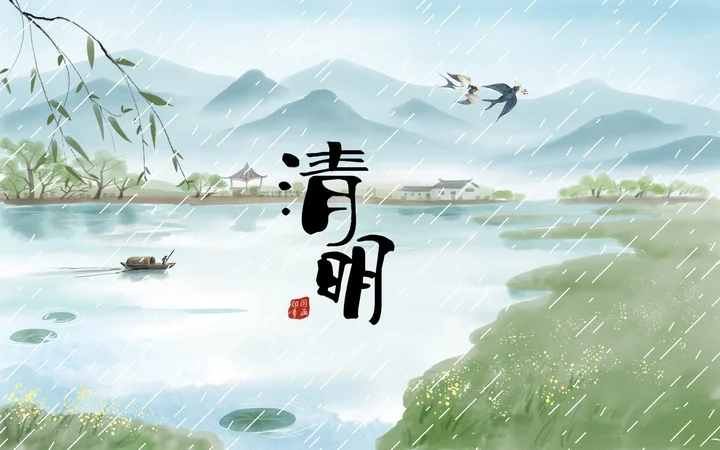
4. the Dragon Boat Festival
The Dragon Boat Festival, which is the fifth day of the fifth month of the lunar calendar, is one of the four traditional Chinese festivals. According to the records of "Jing Chu Sui Shi Ji", because midsummer ascends high, Shunyang is up, May is midsummer, and its first noon day is the day of good weather ascending to Shunyang, so the fifth day of May is also called "Duanyang". Festival"; In addition, the Dragon Boat Festival is also called "Zhengyang Festival, Dragon Sun Festival, Wuri Festival, May Festival, Dragon Boat Festival, Yulan Festival, Tianzhong Festival" and so on.
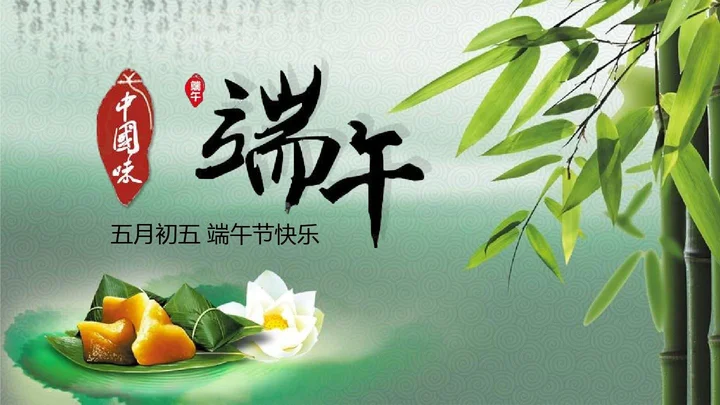
5. Qixi Festival
Qixi Festival is the seventh day of the seventh month of the lunar calendar every year. It is also known as Qiqiao Festival, Qiqiao Festival, Double Seven Days, Fragrant Day, Week, Lan Ye, Girl's Day, or Qijie's Birthday.
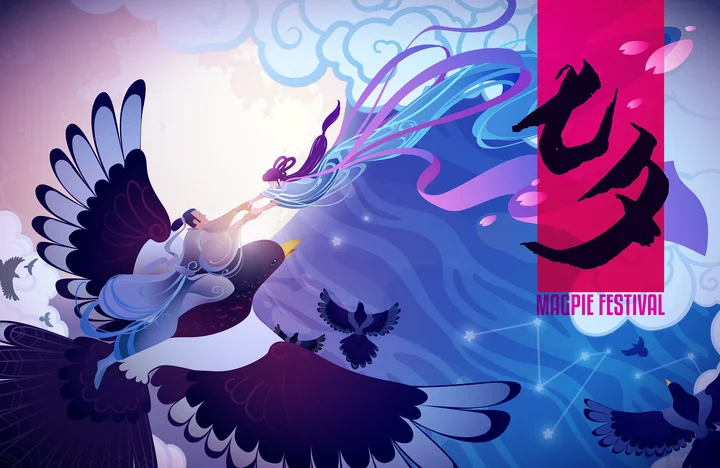
6. Ghost Festival (Zhongyuan Festival) July 14th/15th
The Zhongyuan Festival, commonly known as July and a half, is also called Shigu, Ghost Festival, Zhaigu or Diguan Festival. It is the 14th/15th day of the seventh lunar month of each year. It is collectively called the "Three Yuans" together with the Shangyuan Festival and the Xiayuan Festival. . There are folk customs of worshiping ancestors, worshipping dead souls, setting river lanterns, and burning paper ingots. Zhongyuan Festival and New Year's Eve, Ching Ming Festival and Double Ninth Festival are traditional Chinese ancestor worship festivals.

7. Mid-Autumn Festival
Mid-Autumn Festival, also known as Moon Eve, Autumn Festival, Mid-Autumn Festival, August Festival, August Meeting, Moon Chasing Festival, Moon Festival, Moon Worship Festival, Girl's Day or Reunion Festival, is popular among many ethnic groups and Chinese character culture circles in China. The traditional cultural festivals of various countries are held on the 15th of the eighth lunar month of the lunar calendar; because it is exactly half of the third autumn, hence the name, there are also places where the Mid-Autumn Festival is set on the 16th of August.
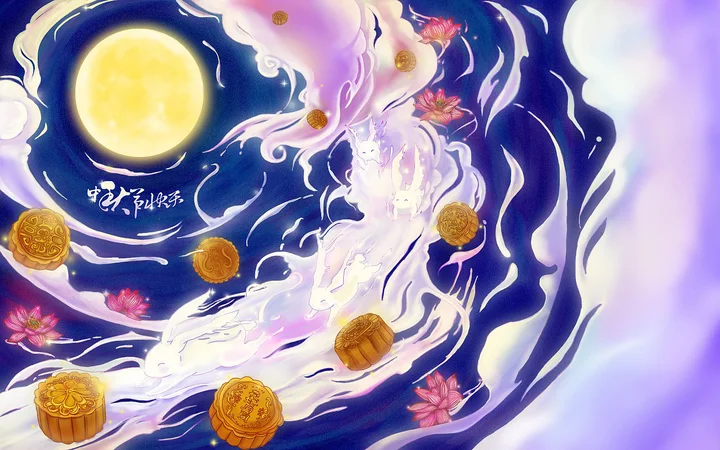
8. Double Ninth Festival
The Double Ninth Festival, which is the ninth day of the ninth lunar month of each year, is a traditional Chinese festival. "Chongyang Ninth Festival" is also called "Chong Ninth", because "Nine" is defined as the number of yang in "Book of Changes". On September 9th, two and nine are mutually heavy, so it is called "Chong Ninth Festival". Days. Celebrating the Double Ninth Festival generally includes activities such as traveling to admire the autumn, climbing high and overlooking the distance, watching chrysanthemums, planting cornel, eating Chongyang cake, drinking chrysanthemum wine and other activities.
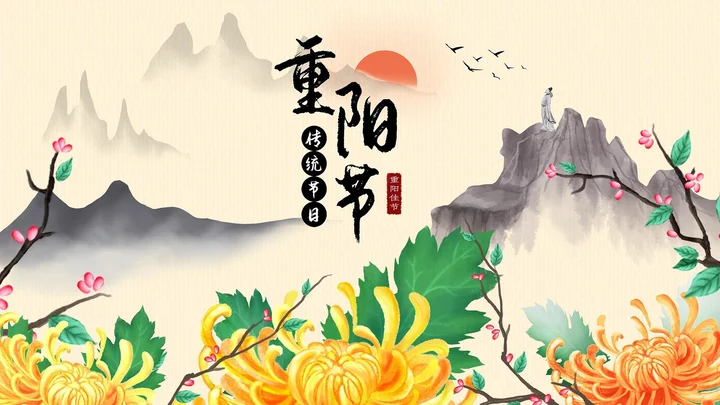
9. Small year
Small year does not specifically refer to a festival. Due to local customs, the festivals called Small year are not the same. During the new year, the main folklore activities include sticking Spring Festival couplets, sweeping dust, and offering sacrifices to stoves. There are different concepts and dates for the new year in different places. The northern area is the twenty-third of the twelfth lunar month, and the southern area is the twenty-fourth of the twelfth lunar month. The Jiangsu, Zhejiang and Shanghai areas both refer to "the twenty-fourth of the twelfth lunar month" and "the night before New Year's Eve" as Xiaonian. Nanjing area The Lantern Festival on the fifteenth day of the first lunar month is called the New Year. In some parts of Yunnan it is the sixteenth day of the first lunar month. New Year's Eve is celebrated in some ethnic minority areas in the southwest and north.
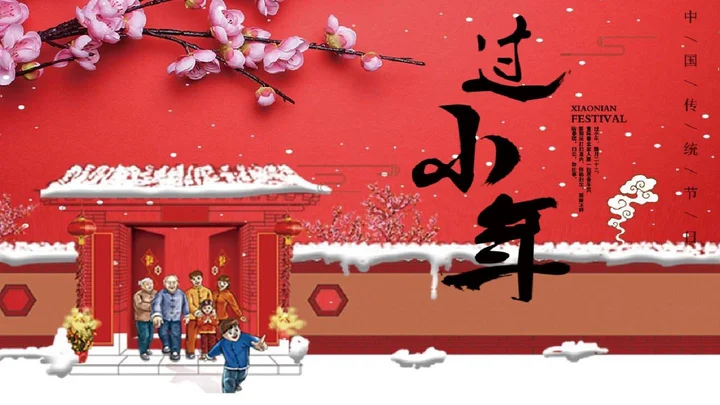
10. New Year's Eve
New Year’s Eve, also known as New Year’s Eve, New Year’s Eve, New Year’s Eve, New Year’s Eve, etc. It is the last night of the twelfth lunar month (December) of the lunar calendar every year. Elimination means to remove; evening means night. New Year's Eve is also a festival of saying goodbye to the old and welcoming the new, the renewal of one yuan, and the renewal of Vientiane. The Qingming Festival, Zhongyuan Festival, and Double Ninth Festival are traditional Chinese ancestor worship festivals, and are also popular traditional cultural festivals in various countries in the Chinese character culture circle.


The beach is a romantic attraction. On the beach, watching the green mountains and green waters.
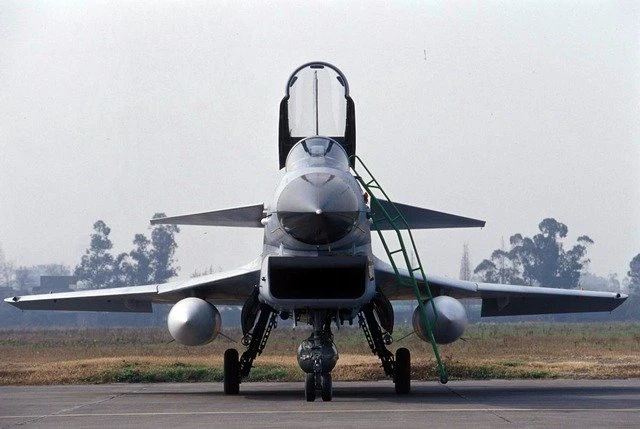
In recent years, China has added a lot of high-tech weapons to its arsenal, including various arms of the sea, land, air and Second Artillery.
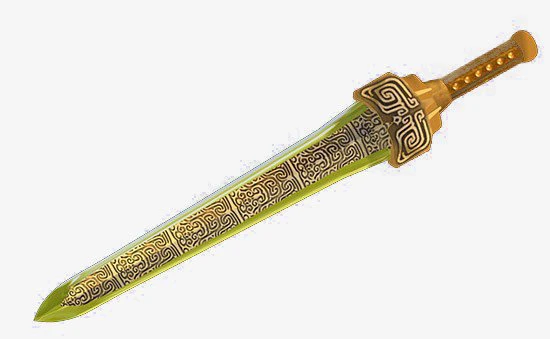
In our ancient China, a hero must wear a weapon of his own. For example, Guan Yu, the Qinglong Yanyue Saber is his standard.

Folk crafts are the artistic embodiment of the folk customs of the masses. According to the material classification, there are various types......
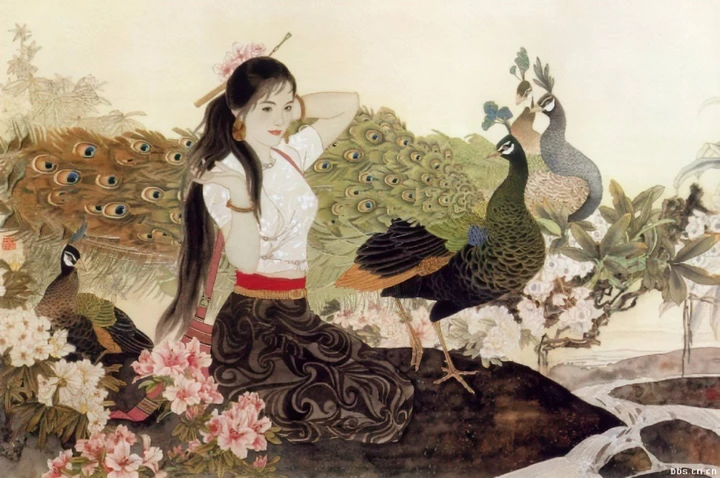
In modern China, there are many magnificent works of art that make people feel a lot of emotion. These works of art come from many great artists who have made great contributions...